Deciduous Forest
What is a Deciduous Forest?
A deciduous forest is a type of biome characterized by trees that shed their leaves annually. These forests are found in areas with four distinct seasons: spring, summer, fall, and winter. The trees in deciduous forests adapt to these seasonal changes by losing their leaves in the fall and growing new ones in the spring.
Location
Deciduous forests are primarily located in the northern hemisphere, including parts of North America, Europe, and Asia. Some of the most well-known deciduous forests can be found in the eastern United States, Canada, and parts of Europe.
Climate
The climate in deciduous forests varies depending on the location, but they generally experience all four seasons. Winters are cold, with temperatures dropping below freezing, while summers are warm and humid. The average annual precipitation ranges from 30 to 60 inches, providing ample water for the trees and other plants.
Flora and Fauna
Deciduous forests are home to a diverse range of plant and animal species. Common tree species include oak, maple, beech, and birch. The forest floor is often covered with a variety of wildflowers, ferns, and mosses. Animal inhabitants may include deer, bears, squirrels, foxes, birds, and insects.
Study Guide
- What characterizes a deciduous forest?
- Where are deciduous forests primarily located?
- Describe the climate of deciduous forests.
- What are some common tree species found in deciduous forests?
- Which animals can be found in deciduous forests?
- What adaptations do trees in deciduous forests have for coping with seasonal changes?
[Deciduous Forest] Related Worksheets and Study Guides:
.◂Science Worksheets and Study Guides Fifth Grade. The 6-Kingdoms of life
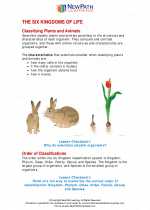
 Activity Lesson
Activity Lesson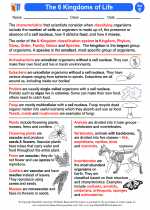
 Worksheet/Answer key
Worksheet/Answer key
 Worksheet/Answer key
Worksheet/Answer key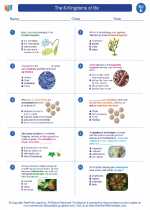
 Worksheet/Answer key
Worksheet/Answer key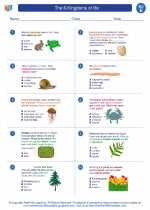
 Worksheet/Answer key
Worksheet/Answer key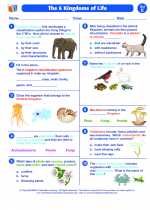
 Vocabulary/Answer key
Vocabulary/Answer key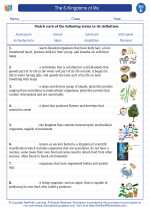
 Vocabulary/Answer key
Vocabulary/Answer key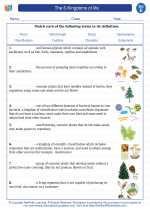
 Vocabulary/Answer key
Vocabulary/Answer key
 Vocabulary/Answer key
Vocabulary/Answer key
